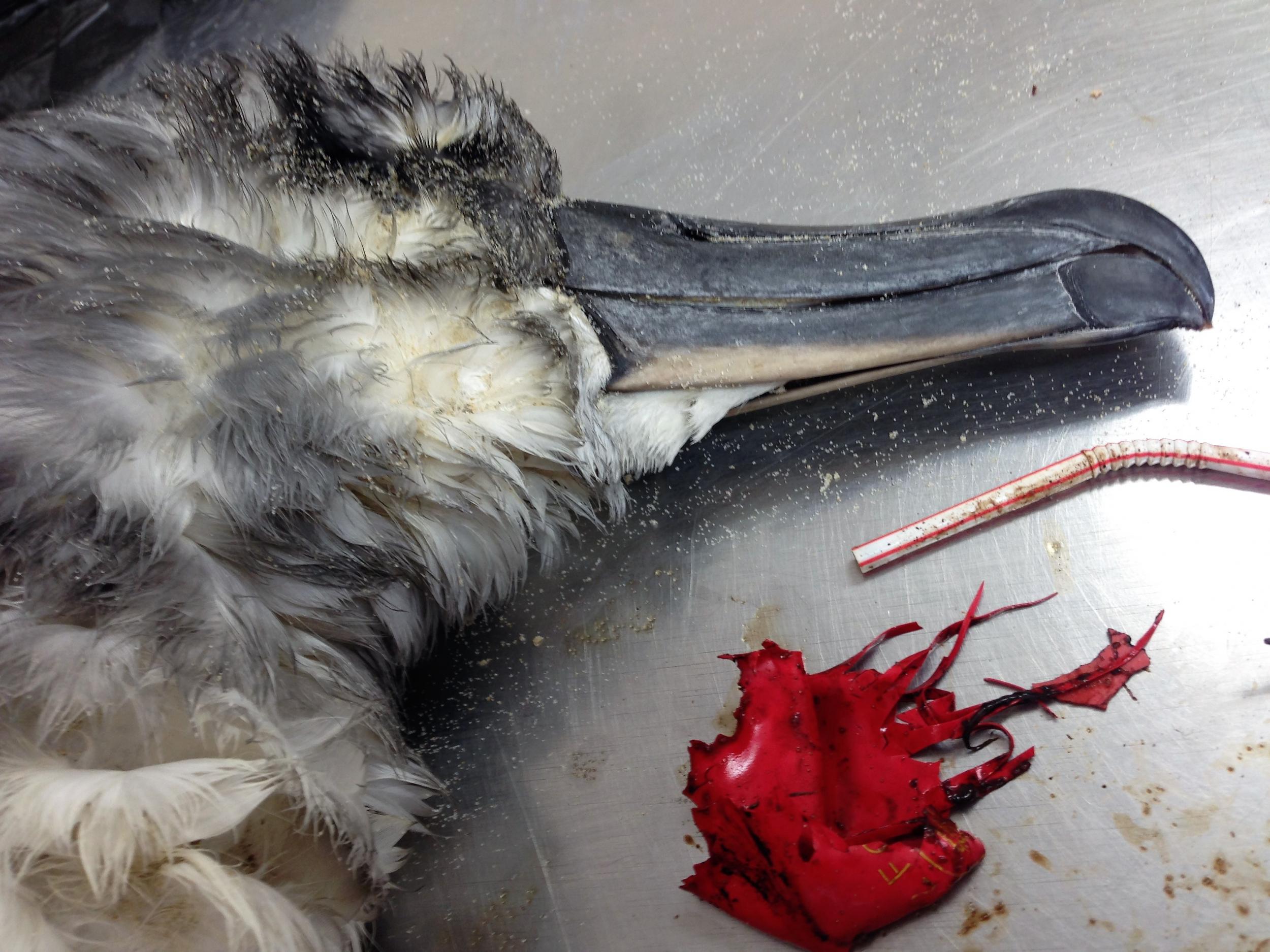Balloons pose biggest risk of death for seabirds eating plastic, scientists say
'If we want to stop seabirds from dying from plastic ingestion we need to reduce or remove marine debris from their environment, particularly balloons'
Your support helps us to tell the story
From reproductive rights to climate change to Big Tech, The Independent is on the ground when the story is developing. Whether it's investigating the financials of Elon Musk's pro-Trump PAC or producing our latest documentary, 'The A Word', which shines a light on the American women fighting for reproductive rights, we know how important it is to parse out the facts from the messaging.
At such a critical moment in US history, we need reporters on the ground. Your donation allows us to keep sending journalists to speak to both sides of the story.
The Independent is trusted by Americans across the entire political spectrum. And unlike many other quality news outlets, we choose not to lock Americans out of our reporting and analysis with paywalls. We believe quality journalism should be available to everyone, paid for by those who can afford it.
Your support makes all the difference.Balloons have been identified as as a major threat to the seabirds traversing the world’s oceans and mistakenly feeding on plastic.
While soft plastics only accounted for 5 per cent of the plastics consumed by albatrosses and other birds, a new study found they were responsible for 40 per cent of deaths.
Researchers at the University of Tasmania in Australia concluded that while harder shards tend to pass quickly through the gut, softer pieces are more likely to cause blockages.
One in five birds that consumed balloons died, the scientists said.
“Among the birds we studied the leading cause of death was blockage of the gastrointestinal tract, followed by infections or other complications caused by gastrointestinal obstructions,” said PhD student Lauren Roman, who led the study. “Balloons or balloon fragments were the marine debris most likely to cause mortality.”
The scientists used cause-of-death data for 1733 seabirds of 51 species.
While they identified just five balloon-related deaths, the team are concerned this relatively rare variety of plastic may cause a disproportionate number of deaths, as birds confuse them with squid.
Plastic ingestion is now recognised as a major global threat to marine life, particularly seabirds, with 250 000 tonnes of marine debris currently floating in the world’s oceans.
Over a quarter of seabird populations are experiencing serious population declines and scientists think their habit of mistaking marine debris for food is a likely driver of this problem.

One study led by Dr Chris Wilcox from the Commonwealth Scientific and Industrial Research Organisation estimated 99 per cent of seabirds around the world would be eating plastic by the middle of the century.
Dr Wilcox, who also worked on the latest seabird study – published in the journal Scientific Reports – said the new approach for analysing the impact of plastic had previously been trialled in turtles.
“These two applications are the first time there has been a robust estimate of the impact of plastic ingestion on free living marine species,” he said. “This is a critical step in triggering action to address plastic pollution.”
Their results show conclusively that the more plastic a bird eats, the more likely it is to die.
Previous work has shown that besides the physical blockages of plastic in a bird’s gut, plastic can also leach potentially harmful chemicals into their bodies.
One recent study found traces of plastic-derived chemicals in the eggs of northern fulmars inhabiting the remote Arctic.
“The evidence is clear that if we want to stop seabirds from dying from plastic ingestion we need to reduce or remove marine debris from their environment, particularly balloons,” said Ms Roman.

Join our commenting forum
Join thought-provoking conversations, follow other Independent readers and see their replies
Comments